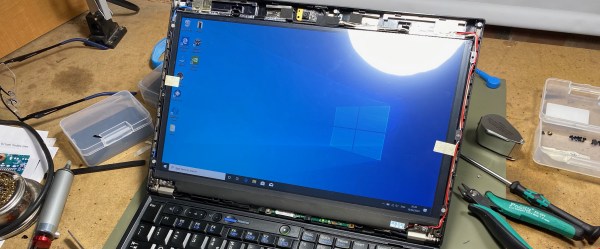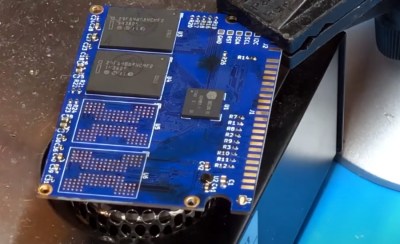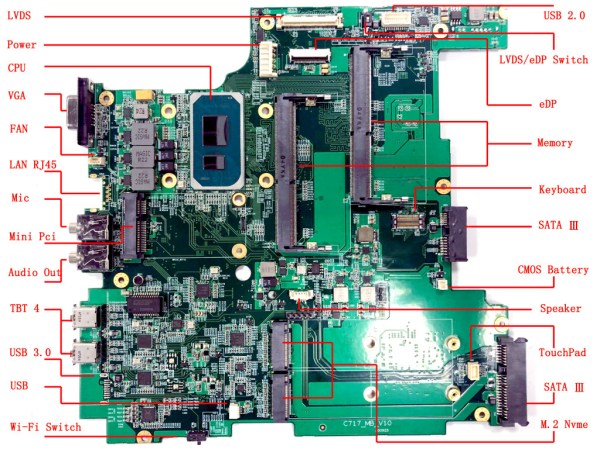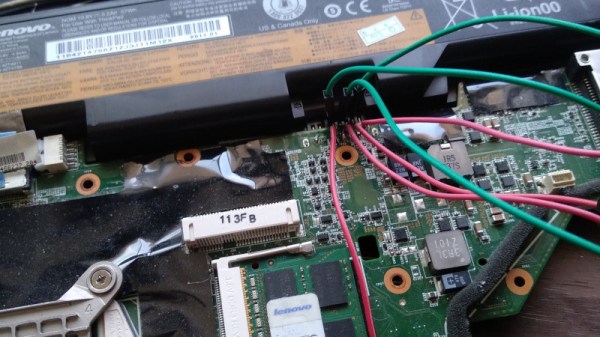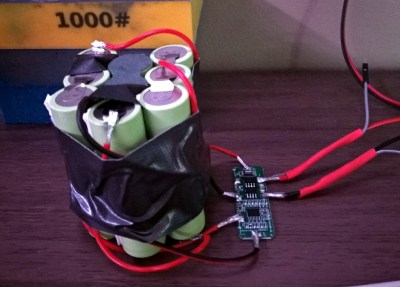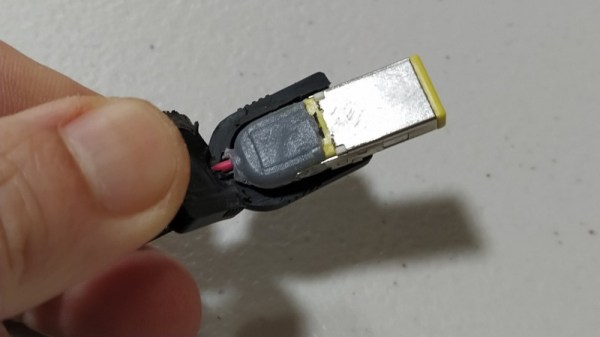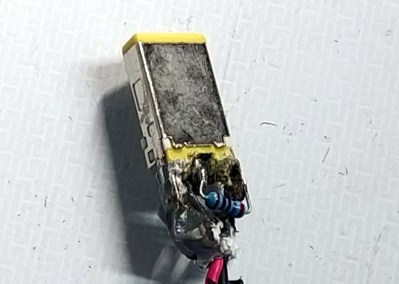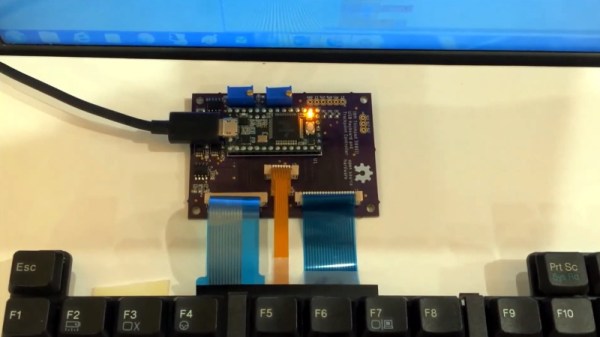The ThinkPad line of laptops has been widely prized not only by businesses but also by those who appreciate a high standard of hardware quality and repairability. But some think the cracks are starting to form in their reputation, as it seems that new ThinkPads are sacrificing quality for aesthetics and cost. As a result a huge modding scene has popped up around models that are a few years old like [Cal] found out when working on this X230.
At first he only made some cosmetic improvements to the laptop like replacing the worn palm rest, but quickly found himself in a rabbit hole with other upgrades like swapping out the keyboard and battery. The new keyboard is a 7-row X220 keyboard, which required modification of the connector and flashing the embedded controller with a hacked image to change the keyboard map without needing to make changes at the OS level. From there, he decided to replace the lackluster screen with a 1920×1080 matte IPS panel using an adapter board from Nitrocaster, and finished off his upgrades with a customized Coreboot BIOS for improved performance and security.
While Coreboot doesn’t remove all of the binary blobs that a bootloader like libreboot does, the latter is not compatible with more modern machines like this X230. Still, you’ll get many benefits from using Coreboot instead of the stock bootloader. For running Linux on a daily driver laptop, we appreciate all of these updates and expect that [Cal] will get plenty of years of use out of his machine. We’ve definitely seen an active modding scene for ThinkPads that were (at the time) seven years old and still going strong, so we’d expect nothing less for this one.

